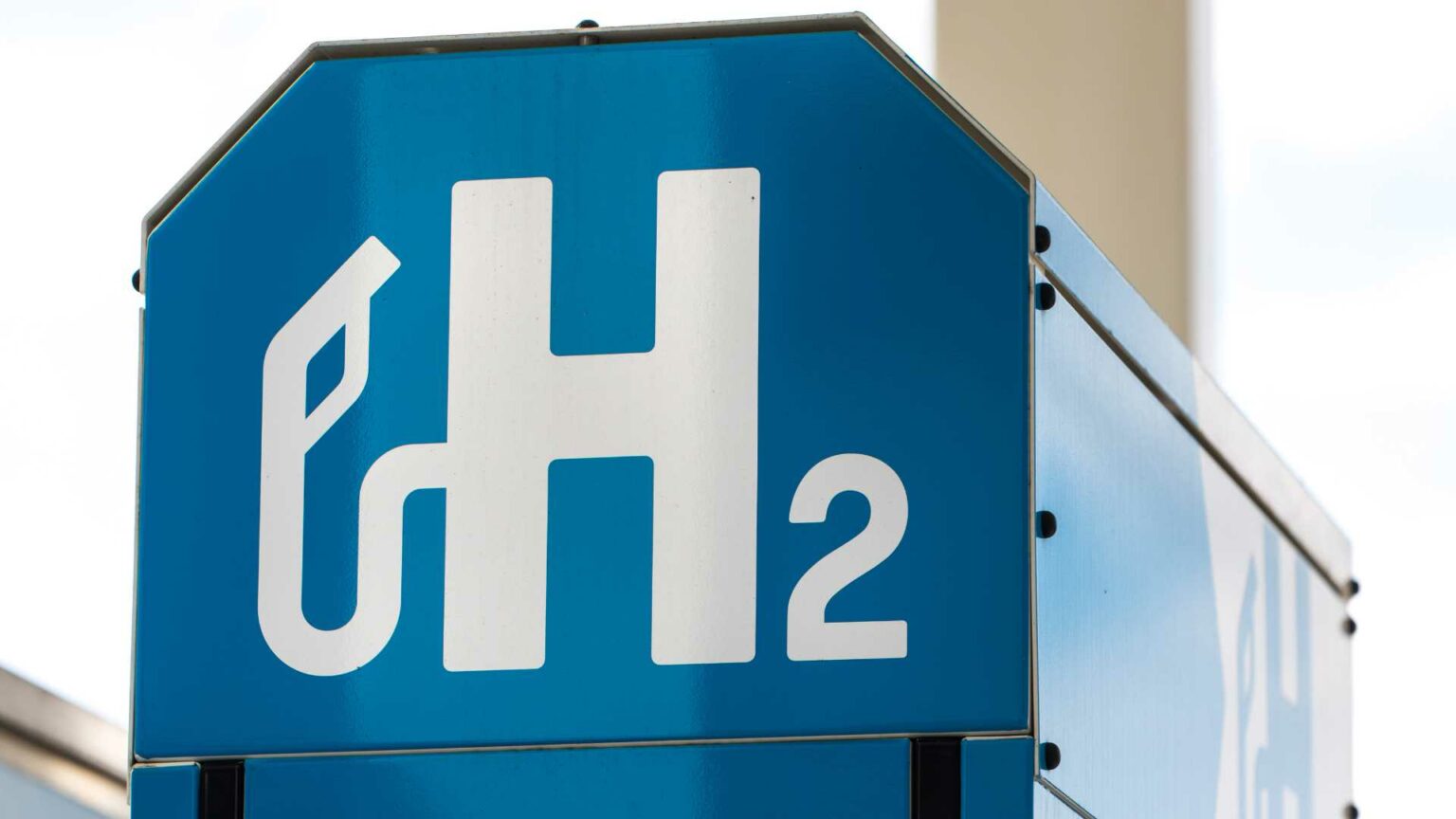Rust as an Energy Storage: A method for long-term storage of H2 is inspired by the centuries-old steam-iron process.
Researchers at ETH Zurich have developed a promising method for the seasonal storage of renewable energy: They utilize ordinary iron oxide, also known as rust, to efficiently and cost-effectively store hydrogen. The technology, inspired by the centuries-old steam-iron process, could fundamentally change how we use renewable energy.
Excess solar power in summer is used to split water into hydrogen. This hydrogen reacts in simple stainless-steel containers with iron ore, leaving pure iron. In winter, the hydrogen is released by adding steam and can be used for electricity or heat generation. Scientists have developed this method for loss-free long-term storage of green gas.
Hydrogen is considered a promising energy carrier for a climate-neutral future, but its storage is challenging: Conventional methods are either expensive, inefficient or pose safety risks. The new technology at ETH Zurich relies on a simple but effective solution: iron.
“The major advantage of this technology is that the raw material iron ore is easily and abundantly available,” explains Prof. Wendelin Stark, head of the research team. “Moreover, we don’t have to process it before putting it into the reactor.”
The reactors where the chemical reaction occurs are made of simple stainless steel and operate at normal pressure, eliminating the need for expensive high-pressure tanks and complex safety measures. The storage capacity increases with each loading and unloading cycle, and the iron oxide can be reused indefinitely.
Pilot Plant at Hönggerberg Campus
The researchers have demonstrated the functionality of their technology in a pilot plant at the Hönggerberg campus. Three stainless steel tanks store hydrogen, enough to supply three to five Swiss households with electricity in winter. The pilot plant can long-term store around ten megawatt-hours of hydrogen. Depending on how the hydrogen is converted into electricity, this results in four to six megawatt-hours of electricity.
By 2026, the plant will be expanded to cover one-fifth of the Hönggerberg campus’s winter electricity needs with its summer solar power. This would require tanks with a volume of 2,000 cubic meters to store around four gigawatt-hours of green hydrogen. Once converted into electricity, the stored hydrogen would provide around two gigawatt-hours.
“This plant could replace a small alpine reservoir as a seasonal energy storage. For comparison, this would be about one-tenth the capacity of the pumped-storage power plant of Nant de Drance,” explains Stark. Additionally, two gigawatt-hours of heat would be generated during discharge, which researchers aim to integrate into the heating system.
Scalability and Future Prospects
The technology is promising but not yet market-ready. Costs must further decrease, and large quantities of iron ore and reactors are needed to supply entire regions. Nevertheless, initial calculations show that seasonal energy storage for all of Switzerland would be possible.
“Storing hydrogen in iron oxide is an important step towards sustainable energy supply,” emphasizes Prof. Stark. “The technology is not yet fully developed, but it shows that we can tackle great challenges with simple means.”
The inventors of “Rust as an Energy Storage” are now working on improving the process’s efficiency and economics. In the long term, this technology could help reduce dependence on fossil fuels and ensure a stable electricity supply from renewable sources—an important step towards a climate-neutral future.
